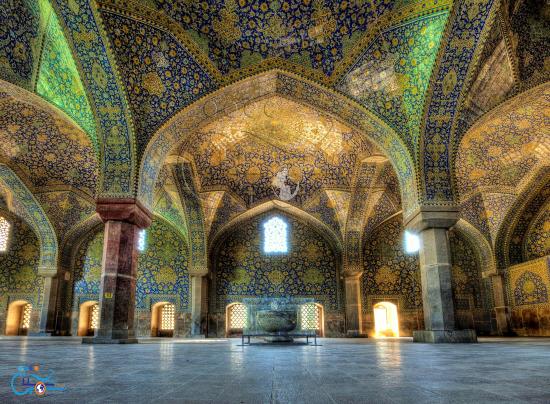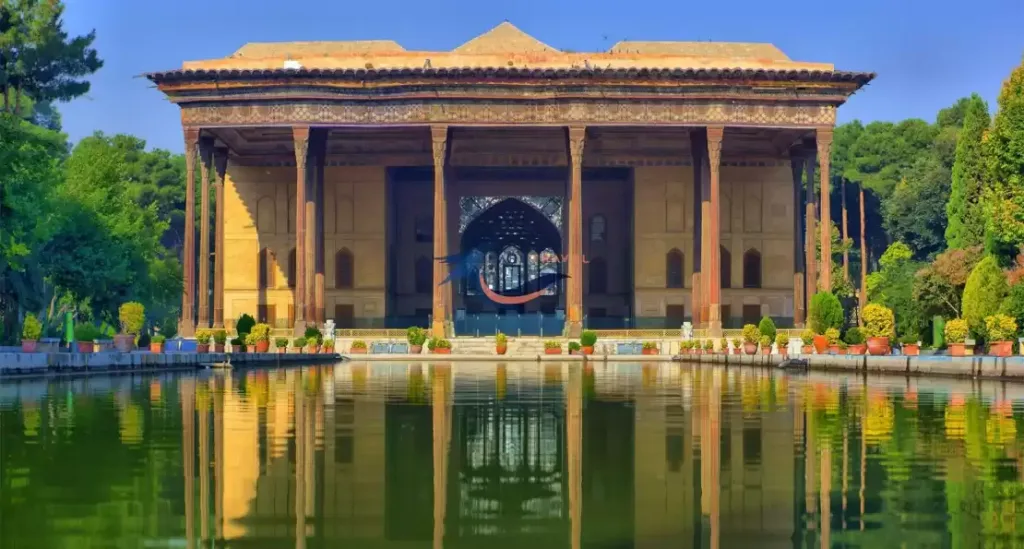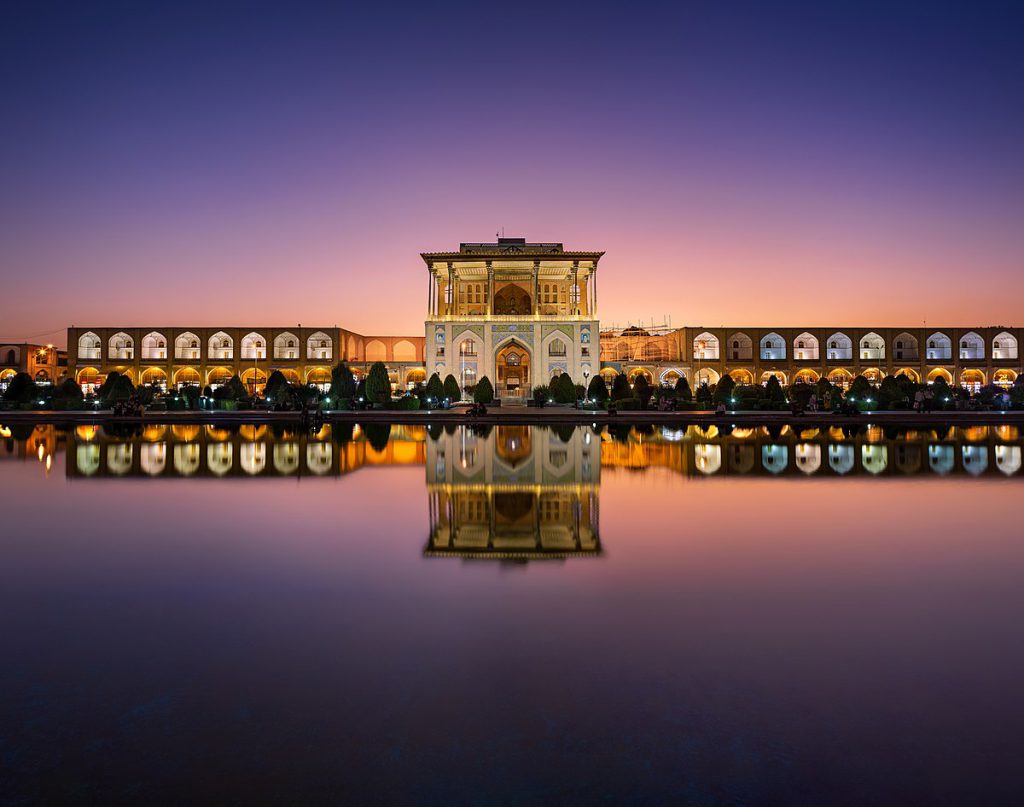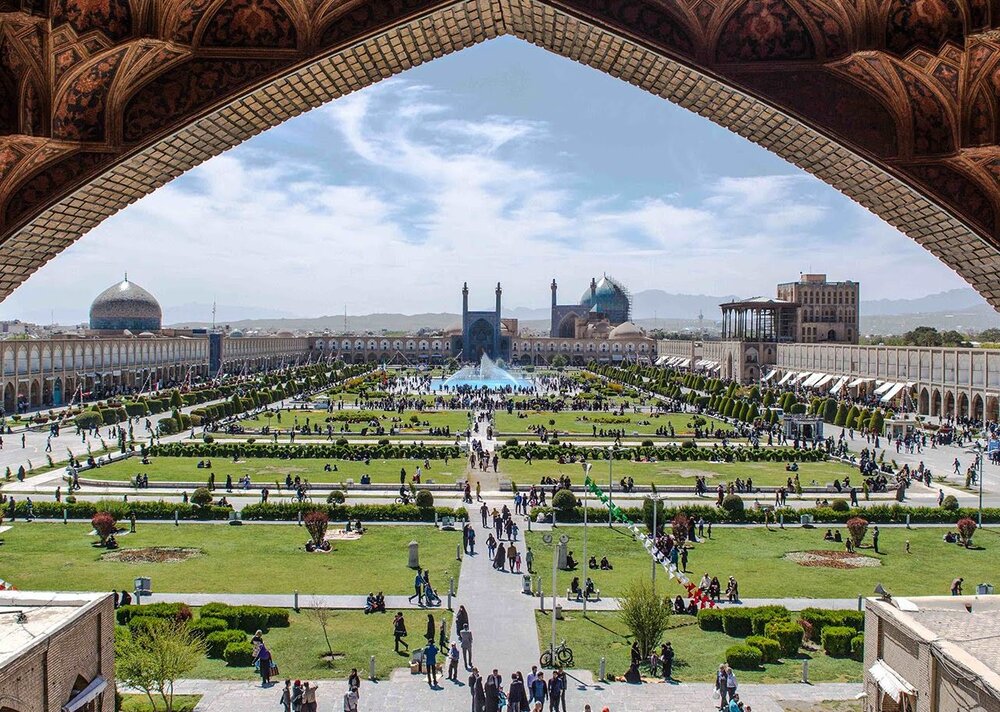There are many reasons to visit Iran, here are just a few:
- Forget your preconceptions
- you will discover the most wonderful sites of Persia
- you will meet the most hospitable people in the world
- you will visit truly unique architectural sites and relive Persian history
- your eyes will marvel at the world’s most stunning landscapes
- And finally, you will discover that Persia is a whole world in a single country
424 km from Tehran, 480 km from Shiraz
Isfahan was considered by western travelers of the 17th and 18th century to be one of the most beautiful cities in Iran. Jean Chardin wrote “the town is the most welcoming, hospitable and friendly town in the entire east”.
Isfahan is Iran’s third largest city after Tehran and Mashad.
Isfahan is located on the main north–south and east–west routes crossing Iran and was once one of the largest cities in the world. It flourished from 1050 to 1722, particularly in the 16th century under the Safavid dynasty, when it became the capital of Persia for the second time in its history. Even today, the city retains much of its past glory. It is famous for its Islamic architecture, with many beautiful boulevards, covered bridges, palaces, mosques, and minarets. This led to the Persian proverb “Esfahān nesf-e jahān ast” (Isfahan is half of the world)
Under the Caliphs, it was an administrative center and the Seljukides (1037-1335) made Isfahan their capital. They built various monuments, using new building techniques and decorations which are considered to have been very architecturally advanced for the period. It was one of the most glorious episodes in Iran’s history.
Isfahan was at its peak was under the Safavid dynasty, when it reached its golden age. The careful planning of the layout of the city still makes it easy and pleasant to visit today. A large river divides the city, and the inhabitants under the Safavids, encouraged by their ruler’s love of the city, undertook the building of mosques, palaces, gardens, and bridges, thus giving Isfahan its feast of monuments. According to the famous American art-historian, Arthur Upham-Pope, there were 162 mosques in 1666, 48 religious schools, 182 caravanserais and 173 public baths in Isfahan.


The Mosques
The Friday mosque (1088): Originally a Zoroastrian fire-temple, the Friday mosque has undergone extensive reconstructions over the centuries and is now a magnificent brick structure. Its Mihrab, or alter piece, its ornate stucco, its columns and lawns, or arches, its courtyards surrounded by hidden cloisters, are among the masterpieces of Persian art and are precursors of Islamic architecture.
The Imam Mosque (1088): formally known as the “Shah Mosque” with its beautiful structure, tiles, ornate portals and floral geometrical decorations, dominated by a typically Persian blue color, has the reputation among many as one of the jewels of Islamic architecture. Construction of the mosque began in 1612 A.D. during the reign of Shah Abbas (1587-1629) and was finished in 1638 A.D.
Sheikh Lutfollah Mosque: According to Islamic art experts, this mosque is a masterpiece, owing mainly to its rare colors and unusual dome. Unlike most mosques, it has no minarets which suggest it may have been a private place of worship for the royal family only. Its construction dates back to 1609 and it took 17 years to build. It was named after the great Suffi, Sheikh Lutfollah.
The Palaces
The Tchehel Soutoun Palace (Palace of 40 columns): Although the name of the palace means “forty columns” there are in reality only twenty, a reflecting pool giving the impression that there are another twenty. This marvelous pavilion was built as reception hall for Shah Abbas in 1647. It is a simple construction with a geometrical marquetry ceiling which is complemented by elegant floral motifs.


The Ali Qapu Palace
The location of this palace, chosen by Shah Abbas 1, is particularly significant. It directly faces the Sheikh Lutfollah mosque (an underground tunnel links the two) and to the left of the mosque formally known as the Shah mosque. From his terrace, the king and his guests could watch the polo matches played in the square and the firework displays which followed. Among the interesting aspects of the palace is its ingenious system of acoustics which was very innovative at the time. On the sixth and highest floor, hidden by the elevated portal which makes access difficult, are the beautiful artworks, chiseled out in the shape of vases and musical instruments. The other walls and the staircases are painted with Persian miniatures or decorated with stuccoes, designs reminiscent of traditional Persian rugs and paintings. The palace was partly destroyed in the Qajar Period.
This Square, known earlier as the Royal Square was built in 1612. The Imam or royal Square is flanked by monuments: the Ali Qapu palace, Imam and Sheikh Lotfollah mosque and the Bazaar. This square gives the impression of the illustration of half of the World.

The Bridges
Several bridges were built on the great Zayandeh River, the oldest of which dates back to the Sasanide period.
The Bridge of 33 arches, built under order of Shah Abbas 1, the Khadju Bridge, and Shahrestan Bridges are the most popular bridges in Isfahan.
The other face of Isfahan
The city of Isfahan has always had a reputation for being tolerant and there is a considerable minority of both Jewish and Armenians who live there. These minorities exist in harmony with the other communities and are free to practice their businesses or are involved in handicrafts. The Christians, persecuted and chased away by the Turks were welcomed by Shah Abbas 1 who guaranteed them the freedom to practice their religion, in return for their contribution to the prosperity of the city. They came in large numbers and began the construction of houses, churches, roads, and bridges. The most significant of their churches is the Cathedral built between 1606 and 1664, Saint Sauveur “Vank”. It is the historical focal point of the Armenian community in Iran. The interior is richly decorated in a mixture of styles including Christian European biblical scenes.
In short, Isfahan is a city of great harmony of different styles and different ages. Its people will extend you a courteous and warm welcome, and an expression says “Isfahan is the half of the World”. So let’s go visit Isfahan, the half of the World.